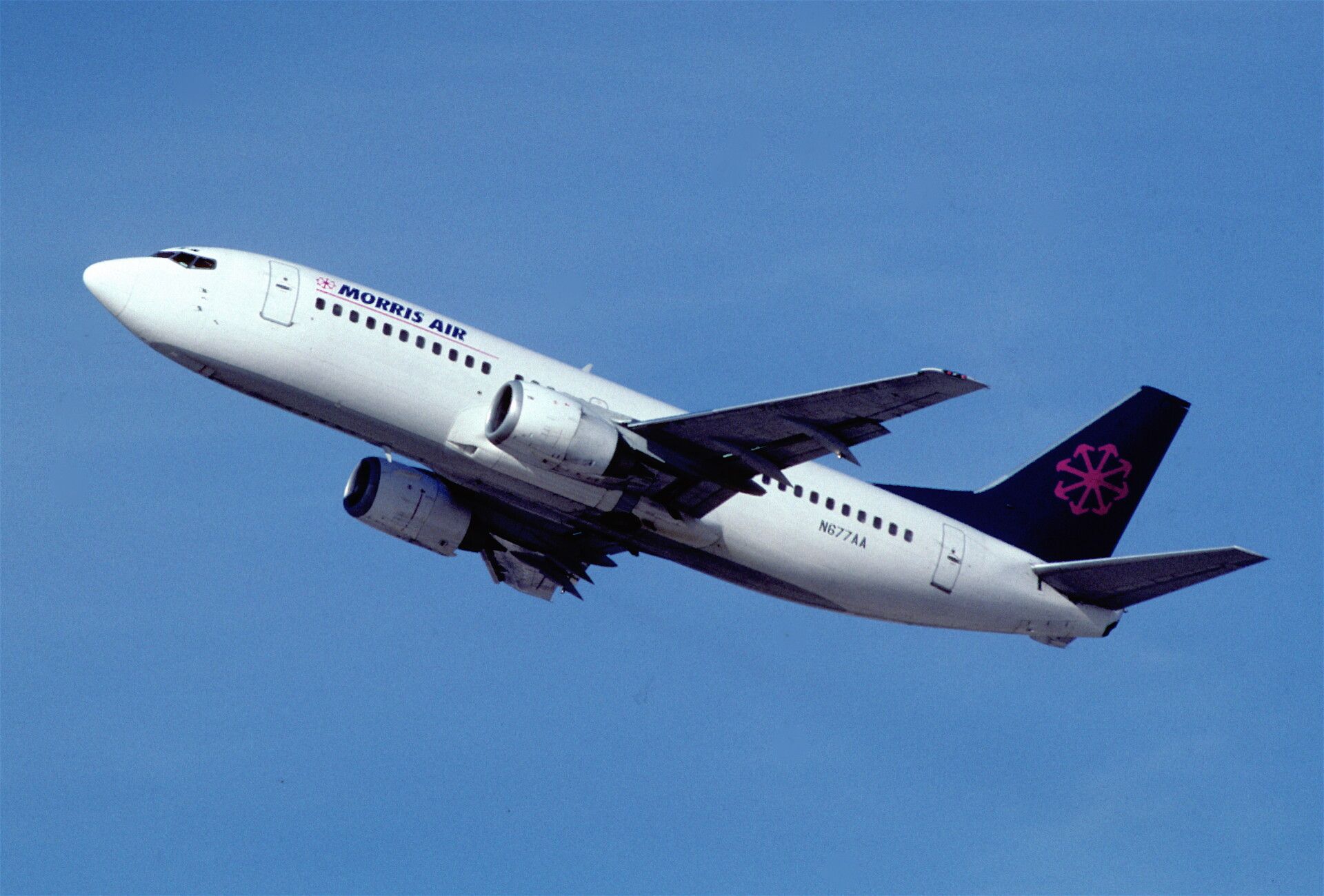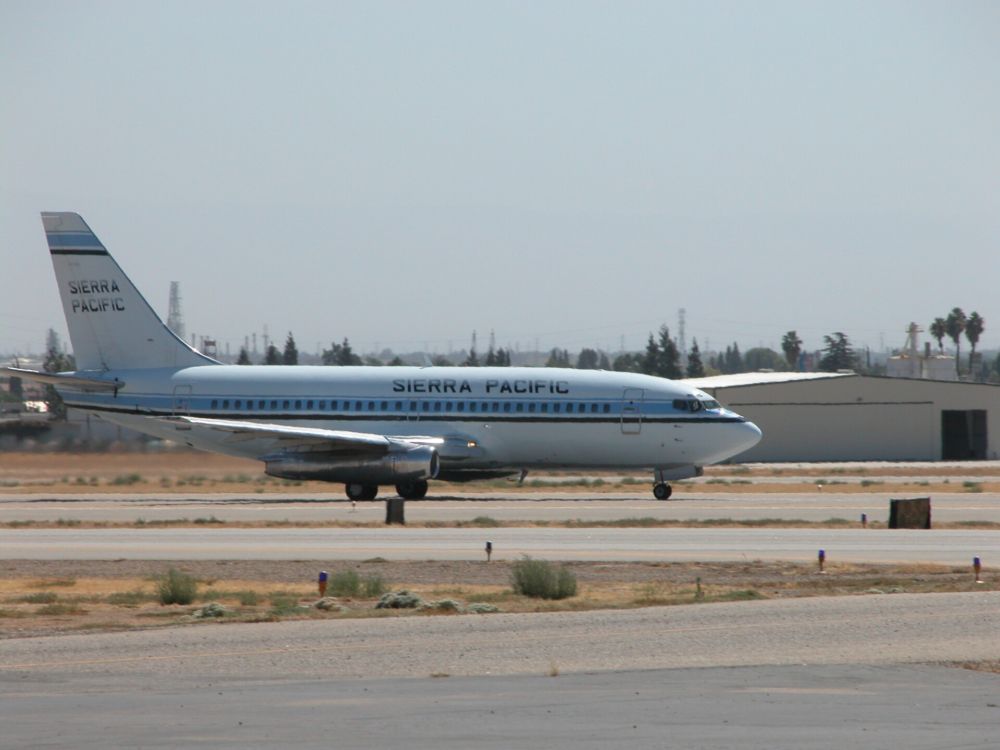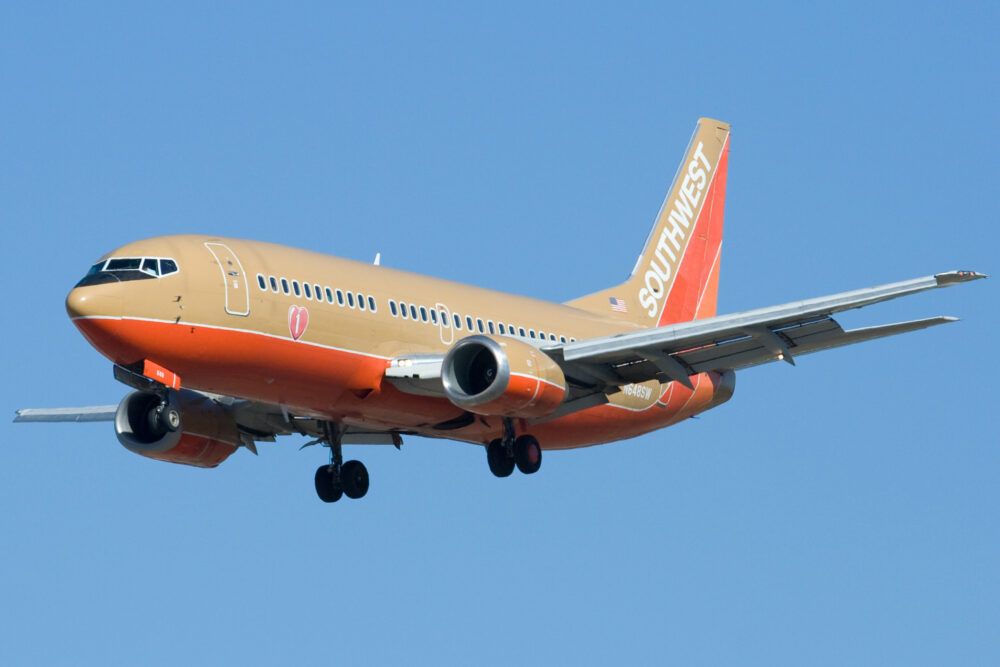Morris Air grew from a small travel agency in Utah to one of the most popular low-cost carriers in the U.S, even proving a challenge to the might of Southwest Airlines. Established in 1984 as a charter airline, Morris Air at its peak operated over 1,000 flights per week and flew to 28 destinations. However, almost as rapidly as its rise, Morris Air was bought out by Southwest, and today it is no more. We explore the fascinating tale of Morris Air.
Humble beginnings as a travel agency
Morris Air started out as Morris Travel, a small travel agency based in Salt Lake City, Utah. The agency was established in 1970 by June M. Morris. Morris set up her new travel agency in the corner of her husband's photo finishing shop and it grew rapidly.
Within a decade, Morris Travel rose to become one of the country's biggest agencies and boasted around 500 employees at its peak. With an inside look at airfares, Morris realized there was significant potential to undercut airlines. Interestingly, Morris Travel had a deal with eventual competitor Southwest Airlines, which helped both companies thrive.
Morris teamed up with a man by the name of David Neeleman, who brought capital and industry know-how to the table. Neeleman has gone on to become one of the world's most prominent aviation entrepreneurs, founding success stories including JetBlue, WestJet and Azul Brazilian Airlines.
A charter airline in the '80s
Before long, Morris and Neeleman were drafting plans to establish their own low-cost airline. In 1984, Morris Air Service was born. Morris Air Service sold cheap tickets on charter flights and became incredibly popular, with demand usually outstripping the supply of tickets.
The majority of destinations were along the West Coast and included further getaways such as Alaska and Hawaii. Morris teamed up with charter airlines, including Ryan International and Sierra Pacific Airlines, and targeted budget travelers looking for cheap flights.
However, some airlines took objection to their business model, claiming that Morris Air Service was essentially operating as an airline without the proper certification. A court ruled in their favor and imposed a fine on Morris Air Service. The company was also issued a deadline to acquire its operating certificate, which it did hastily.
Morris Air becomes a scheduled airline
Morris Air attained its FAR 121 certificate in December 1992, officially making the transition from a charter airline to a scheduled airline. The carrier is credited with a number of innovations in the industry, such as the concept of seasonal destinations and paperless ticketing.
At its peak, Morris Air operated a fleet of 25 Boeing 737-300s and flew to 28 destinations. As the airline expanded rapidly it proved a thorn in the side of Southwest Airlines, providing competition on routes that were previously unchallenged.
Just a year after becoming a scheduled airline, Morris Air was sold to Southwest Airlines in a cash and stock deal worth around $128 million in December 1993. June Morris had recently been diagnosed with cancer and this is believed to have played a key role in her decision to sell.
While the Morris Air brand ceased to exist, some of its key innovations were adopted by Southwest Airlines, such as e-ticketing. Southwest also inherited Morris Air's 737-300 fleet.
June Morris became a part of the Southwest Board of Directors until 2006, while David Neeleman initially joined Southwest before founding WestJet in 1996 and JetBlue in 1998.
Did you ever fly with Morris Air? What do you think made Morris Air such a success story? Let us know your thoughts in the comments.



